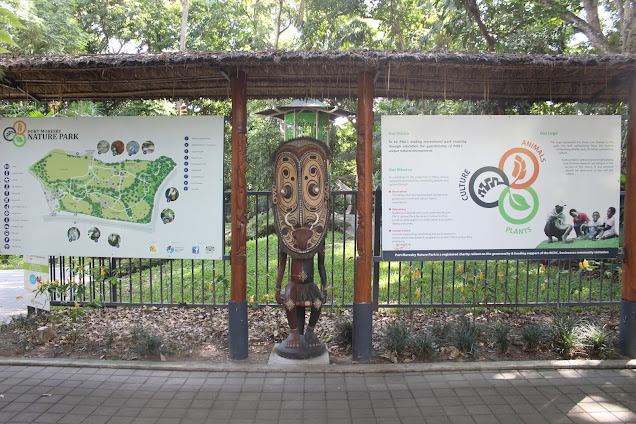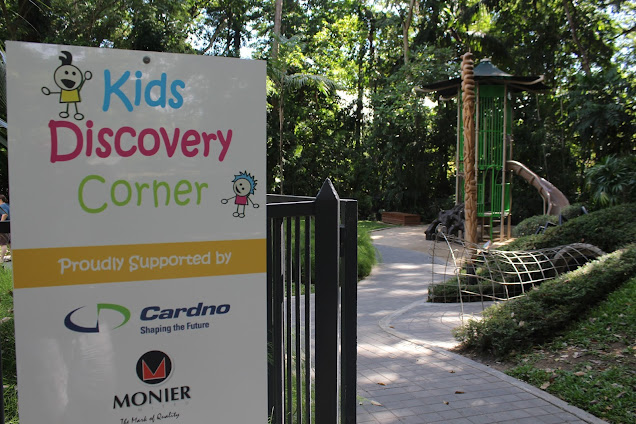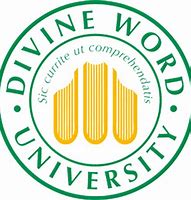I have been thinking about the different people who have visited, lived and worked and called PNG home. Many foreigners arriving in PNG (Immigrants) either are married into PNG or have white-collar jobs, but there are five (5) groups who fall outside this description. These groups were (are) influential in developing the country during the post and pre-independence era, even to this day. Actively creating jobs in PNG.
I was born 4 years after PNG gained independence. That meant
that I grew up with relatives who have seen the early stages of development
through their own eyes. Many stories I’ve
heard:
- missionaries making the first contact, teasing people with salt and introducing to the Good News;
- Tultul and Luluais encouraging people to use digging sticks to build roads or getting them together for patrol officer’s visits;
- young men employed to work at the Bougainville Copper Mine;
- Highlanders and Sepiks recruited to go to the New Britain provinces to plant cocoa, coconut or oil palm;
- companies like the Dillingham Brothers cutting their way through the inaccessible highlands provinces;
- the gaining of independence itself; and many other good-old fore stories.
Just before I turned seven, I’ve seen Australian and New
Zealand contractors (like the Transet Contractor and Paragon) building roads
into places like Okapa in the Eastern Highlands and Gumini-Salt Nomane in Simbu
provinces and other parts of the country. Apart from all national workers,
several of them were senior Philippines tradesmen who were very influential
imparting skills to new PNG apprentices.
Then, I went to schools – community school, high school,
secondary school and university. Many expatriate volunteers and missionaries
have been a big part of developing the young men and women of this country, and create jobs in PNG.
Perhaps it is important to know that the foreigners, especially
missionaries, have given their lives to help
develop PNG. Meanwhile, sharing their expertise and skills with locals.
Another group that came into the country following independence
was skilled people and expert expatriates entering the country as contractors
and entrepreneurs. They were highly educated and experienced people who saw
opportunities. Their aim was business.
So, let me put in perspective how each group contributed insofar
as providing services, employing and educating Papua New Guineans is concerned.
I think the idea is to give meaning to immigration
(the movement of outsiders into Papua New Guinea) and the impact their skills and
knowledge has had on people associated with them and creating PNG jobs.
1. Missionaries – Good News, health and education
Spreading the stories in the Old and New
Testaments were their main goal. But as missionaries entered remote places,
there was a need to learn local languages. Learning local languages was (and is) challenging.
Almost every other village has a distinct language. So missionaries either learn
several languages at the same time or introduce new language – so, there was
the need for education.
Apparently, infant mortality and death due
to infections would have been high then, as it is now. Many denominations, in
addition to their primary role of spreading the love of God, would have seen it
as their other responsibility to provide needed health care.
Today, many Papua New Guineans have relied heavily on education and health services provided by missions of different denominations.
Among the leading churches are the Catholic Church, Lutheran Church, Seventh
Day Adventist, New Tribes Mission, United Church and Baptist Church. Their mission is to faithfully
spread the word of God. In doing so, they will continue to provide the much-needed health, education and humanitarian services in places where government services are lacking.
2. Colonial administration era – colonialism and agriculture
This group of people have long gone, their
era only remains in the memory of many. But, remnants of that time can be seen from
coffee plantations in the highlands to cocoa and copra plantations in the
coastal areas.
One of the lessons we could learn was the heightened interest in agriculture. It is important to note that apart from
many things going on, the colonial era was also a time when huge
portions of land have been developed for agricultural purposes. A significant milestone in agriculture shift in the country, from subsistence gardening to
crop for cash.
3. Independence buzz – Educators, health Workers, planters and contractors
The mid-seventies the to late eighties had seen a
wave of human resource and physical infrastructural development. Many Papua New Guineans
went to universities. Others continued onto trade courses, secretarial studies,
seminaries and other colleges. PNG’s human resource growth was, to some extent,
at par with developments that had been happening at that time.
There were lots of foreign contractors in the resource sector, many involved with infrastructure development around the
country. Some of them working in road constructions, partnering with the
National Department of Works (NDoW). They cut roads into areas never accessible
by road vehicles in the past. It was a real-time for both human resource and national
development.
One group of Papua New Guineans still
remained the forgotten generation to this day. Many of them have settled in new places. These were the volunteers from the Highlands and Sepik
provinces who were enlisted for oil palm developments in West New Britain. My grandpa,
who had actually returned home, told me that they were taken to Kimbe and
Bialla where they were then given three hectares of registered land to grow oil
palm.
Enviously, that was also a time when Kina
was strong against Dollar. You could buy Ox and Palm for just K1.00, or a carton
of beer for K10, or a Wopa biscuit or packet of cigarette for just 20 toea!
People were not paid a lot, but what they earned could buy them a lot more than
today with some to save. It was a real buzz.
During that time, there was a pocket of
expatriates, especially Australians who took PNG at heart. They were the ones
who had (have) lived here calling PNG home. From missionaries to government officers,
educators and health workers. They loved PNG. Many of their children and grandchildren are Papua New Guineans.
4. Entrepreneurs – business and opportunities
The country's purse is never empty. Money
from natural resources and minerals, especially gold and copper from developed mines like Panguna,
OK Tedi, Pogera, Misima, Lihir and other mines in the country had replenished
the purse every year. Tax revenue had increased as many people earned and
spent.
So, eventually, many outsiders have seen
the opportunities available in the country.
There was this wave of temporary immigrants who came into PNG: setting up law firms, technology companies,
medical hospitals, logging companies, retail shops, hotels, etc.
Many of them can speak fluent Tok Pisin. They
mingle easily with the people. They also call PNG home. But, they came for
business – one leg in, the other out. They set up business in PNG but resided
overseas. They were very successful and well known in their own rights. They
contributed massively to developing PNG and creating PNG jobs.
5. Opportunity Seekers – recent entry
This group of immigrants came recently when
the country saw unprecedented growth in the economy. Money circulating within the country was a pull factor for
many other outsiders to make quick bucks. The frenzy of infrastructure
development happening since 2013 and oil and gas developments had added fuel to fire. For example, with
Chinese companies winning big contracts, they brought in Chinese workers who took up the opportunities otherwise would have been available to Papua New Guineans.
Unlike Independence Buzz, this immigration wasn’t about development. It was
purely business, self-enrichment and it happened quickly.
Perhaps, this movement was more organised than the others. What happened was that well-established
business preferred to use their own workforce. By this I mean these companies were employing their own kind, placing them in jobs that could be easily done by Papua New
Guineans. Obviously, the 12-doors chain of stores in Lae and other parts of the
country was a typical example, including the road and building construction companies
in Lae and Moresby.
Another sub-set of this group was outsiders looking to Australia as their final destination. However, bureaucracy may not have allowed them to get in to Australia. Many possibly have families and friends living there. They remained in PNG and took-up jobs, some married to locals making PNG transit home. It could only be a matter of time before they would have the opportunity to make it to their Promised Land.
Another sub-set of this group was outsiders looking to Australia as their final destination. However, bureaucracy may not have allowed them to get in to Australia. Many possibly have families and friends living there. They remained in PNG and took-up jobs, some married to locals making PNG transit home. It could only be a matter of time before they would have the opportunity to make it to their Promised Land.
Here is where a line can be drawn: many
outsiders have contributed, within their capacity, to imparting skills and
knowledge to young Papua New Guineans. In turn, they are (were) making a living, bettering
themselves and contributing to national development. On the contrary, it is clear that the more the other immigrants concentrate
their businesses within themselves, the less there are training and jobs for ordinary Papua New Guineans.

































